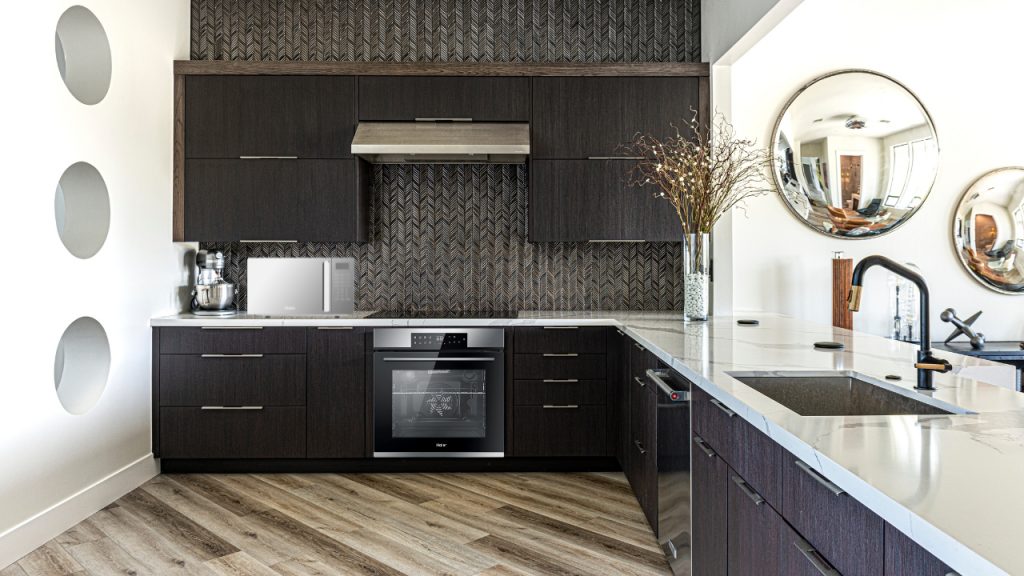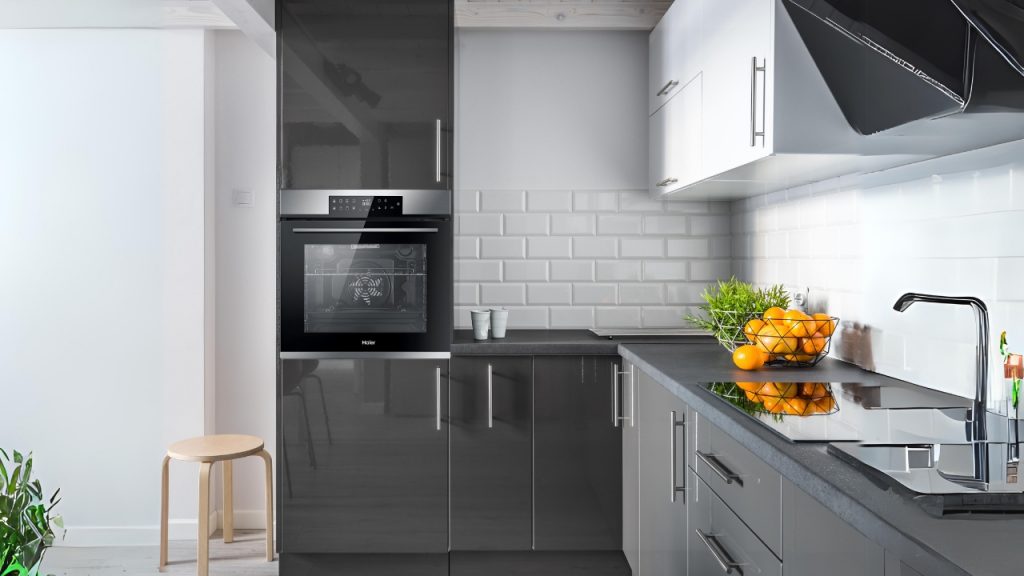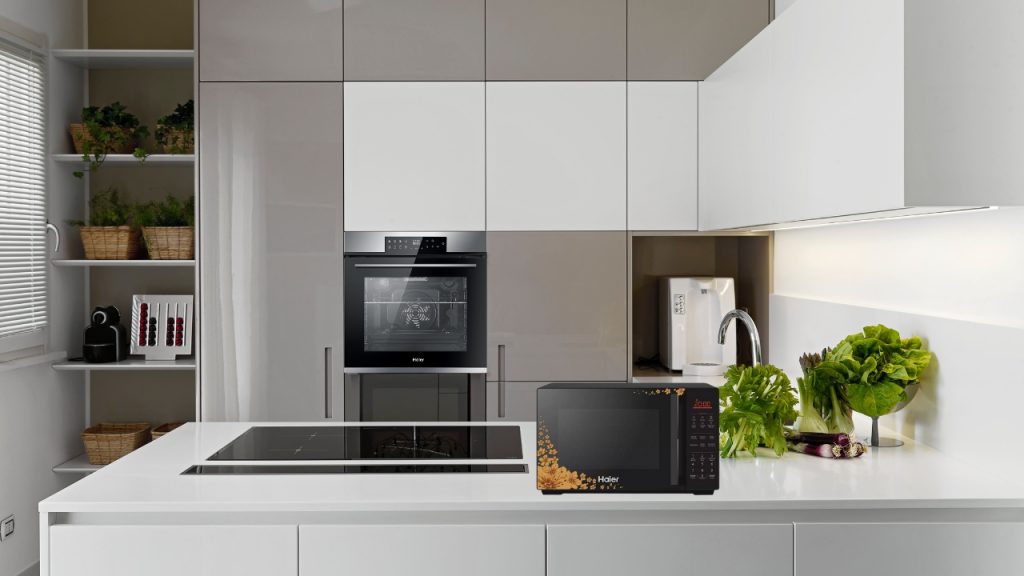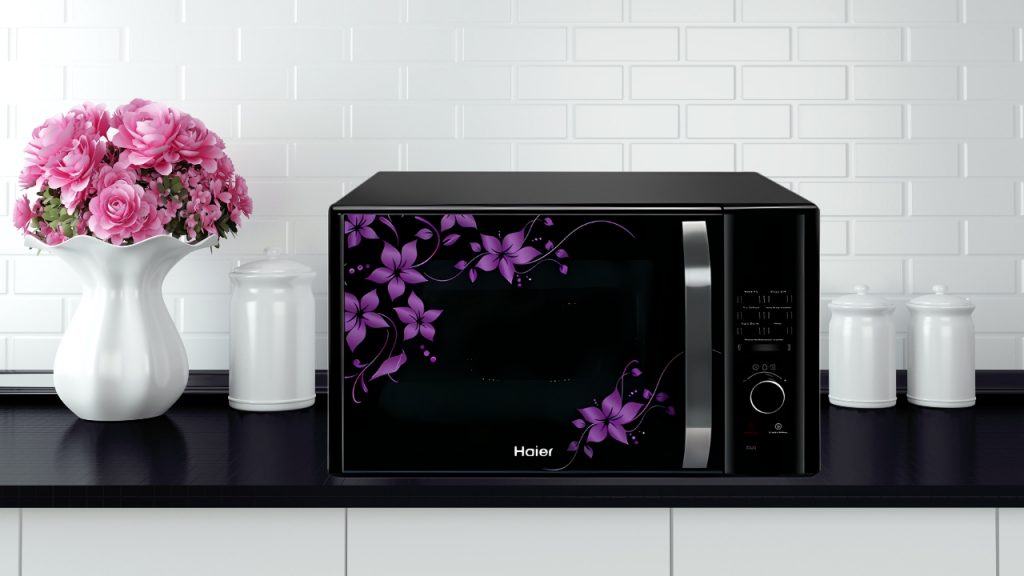Whether you’re an amateur baker or a seasoned professional, having the right oven can make all the difference when it comes to achieving perfect results for your cakes, cookies, breads, and more. With so many options on the market, from basic gas or electric ovens to high-tech convection and double ovens, it can be tricky to determine which type of oven is the best fit for your kitchen and baking style. This comprehensive guide will walk you through the key factors to consider when shopping for a new oven.
What Will You Be Baking?
First and foremost, think about what you’ll primarily be using your oven for. Are you a cake decorator who even needs baking for layered cakes? An avid bread baker looking for a model that can handle wet doughs without steaming up? Or maybe you just need a standard oven for baking the occasional batch of cookies or frozen pizzas.
Your anticipated usage will help narrow down what size, type, and features to look for. Here are some common considerations:
- Breads: Look for even, gentle heat. Moisture-controlled ovens prevent crust from forming too quickly. Interior oven lights help monitor rise and color.
- Cakes: Focus on even baking throughout, without hot or cool spots. Convection fans help circulate air. Multiple racks are useful for large layered cakes.
- Cookies: Consistent heat distribution prevents burning. Models with a warming drawer allow dough to rest.
- Pies: Bottom burner control lets you adjust heat for the bottom crust. Deeper ovens accommodate tall pies.
- Small Baked Goods: Compact ovens with smaller capacities are ideal for baking cookies, cupcakes, etc. in home kitchens when you don’t need a large oven.
So before even starting your search, identify your most common baking needs so you select an oven tailored to those specific tasks.
Oven Types

Once you know what you’ll primarily use your oven for, it’s time to explore the basic styles of ovens available.
Gas vs Electric
The first decision is choosing between gas or electric power. Here are the main factors that differentiate the two:
Gas
- Heats up more quickly, ideal when starting from a cold oven.
- Provides very high heat, perfect for pizza, bread with a crisp crust, etc.
- Temperature control is immediate and precise.
- Gas burners are exposed, so spills may lead to flare ups.
Electric
- Typically more affordable purchase price.
- Heats the cavity more evenly throughout.
- Easy to install, no gas line needed.
- Can take slightly longer to preheat fully.
For those focused on consistent baking, electric ovens tend to provide a more even distribution of heat. But plenty of home bakers are very successful with both fuel types.
Convection Ovens
Convection ovens have an internal fan that circulates hot air throughout the cavity, providing more even heat distribution. The forced air circulation also reduces hot and cold spots. Some key perks of convection baking include:
- Food cooks faster, saving time and energy.
- Multiple racks can be used with similar results.
- Doesn’t require lowering temperature from standard oven instructions.
- Ideal for delicate items like soufflés or anything prone to drying out.
The quick, even cooking makes convection ovens especially suited for baking large batches of food at once. One potential downside is that forced air flow can affect the surface texture of certain baked goods, so you may need to tent items with foil if a soft crust is desired.
Size and Dimensions

Take measurements of the space intended for your new oven. Leave a gap of 30-36 inches in front to fully extend the racks. Then consider:
- Capacity: Interior cubic footage needed to fit your typical baking pans, casseroles, pizza stones, etc.
- Rack positions: More positions give you flexibility. Convection and double ovens often have 6-8 positions.
- Depth: Deeper ovens accommodate more layers of pans front to back. Standard is around 25 inches.
- Clearance: Measure the cutouts if replacing a model. New ovens are around 27-30 inches wide and 25-27 inches deep.
You want the oven large enough to suit your needs but not overly spacious where it wastes energy heating excess air. Be sure to account for handles and controls extending past the cutout size too.
Specialized Features
Beyond the basic oven styles, there are some optional features that can simplify the baking process. Consider if any of these would be beneficial:
- Broilers: Having both bake and broil modes allows you to brown and melt toppings in the same oven.
- Proofing modes: For dough that needs a warm, humid environment to rise before baking.
- Steam functions: Injects steam to create the perfect crispy, chewy loaf. Great for artisan breads.
- Air fry settings: Uses hot air circulated at high speed to crisp up “fried” foods with less oil.
- Self-cleaning: Extremely high heat incinerates food residue, minimizing harsh chemical cleaners.
- Smart connectivity: Ovens enabled with Wi-Fi allow monitoring and adjusting cook time/temp remotely.
- Interior oven light: For easy viewing inside to check doneness. Brightest lights provide better visibility.
Prioritize features that streamline and enhance the types of baking you do regularly. Otherwise unnecessary bells and whistles may simply drive up cost without added benefit.
Reliability and Longevity

If treated well, the average oven will last you a minimum of 10 years, with some hanging on for up to 15. Before making any purchase, be sure to do your homework on the brand’s reputation. Look at reviews and find out what kind of warranties they’re offering.
Here are a few things that’ll give you a good idea of how long an oven will last:
- It’s made from robust materials that can take a hit. Stainless steel exteriors are great for resisting dings and corrosion.
- The doors seal shut nice and tight and have secure hinges. Without these features, heat will escape, causing uneven temperatures.
- There’s thick insulation all around it. This prevents hot spots from forming and helps maintain consistent heat over time.
- The heating elements are built to last. Ideally, you want ones that consistently heat evenly no matter how many times you use them.
- Inside there is a rust-resistant coating. Porcelain or enamel finishes make cleanup much easier.
When purchasing an oven, going with a trusted brand known for their high-quality products will usually ensure that your money isn’t wasted on something that breaks after two uses.
Best Choice Ovens For Your Home by Haier India

- The Haier 30L convection microwave oven HIL3001CBSH offers an impressive range of features including its huge 400 auto cook menus which truely allow it to shine. The model also includes mutliple cooking functions such as crispy grill, home fry, bread basket, low temperature cooking, oil free cooking (perfect for healthy eating), defrosting abilities as well as combination cooking functions so that users can enjoy plenty of conveniences in one device.
- One of the key highlights about the Haier 25L convection microwave oven HIL2501CBSH is its whooping 305 auto cook menus. This means there is sure to be dishes for everyone’s liking when using this device. It also includes oil free cooking, memory function to save favorite settings, bread basket and combination cooking functions. Furthermore this device also features a deodorizer that ensures no odor sticks around for long.
- The Haier HIL2302CRSH 23L convection microwave oven is a feature-packed appliance that offers a wide range of cooking options. It comes with an impressive 203 auto cook menus, making it easy to prepare your favorite dishes with just a touch of a button. The oven also has a special feature for making ghee and curd, which is perfect for those who love traditional Indian cooking. The stainless steel cavity ensures even cooking and is easy to clean. Additionally, the oven offers 4 combination cooking modes, allowing you to use convection, grill, and microwave functions simultaneously to save time and energy. Other key features include oil-free cooking, defrost function, and a deodorizer to keep your food fresh and odor-free.
- The Haier HIL2201CSSH 22L convection microwave oven is another excellent choice for those looking for a versatile and user-friendly appliance. It comes with 205 auto cook menus, including special recipes designed for kids, making it perfect for families with young children. The oven also features a stainless steel cavity that ensures faster and even cooking, and is highly reflective and easy to clean. The 4 combination cooking modes allow you to cook and brown, cook and bake, or brown and bake simultaneously, saving you time and effort. The oven also offers 10 multi-power levels, allowing you to cook different types of food at different power levels for optimal results. Other key features include auto cook menus and a spacious 22L capacity.
Ending Note!
Whether you’re an amateur baker or a seasoned professional, having the right oven can make all the difference when it comes to achieving perfect results for your cakes, cookies, breads, and more. With so many options on the market, from basic gas or electric ovens to high-tech convection and double ovens, it can be tricky to determine which type of oven is the best fit for your kitchen and baking style. This comprehensive guide dealt with the key factors to consider when shopping for a new oven.
All those knobs and buttons can be overwhelming when choosing an oven. But after following this guide you’ll be able to eliminate unnecessary features depending on your needs. This will also help you understand what separates one type from another so that when it’s time to decide, it will be much easier. Happy baking!

